The electrochemical performance of graphene/MoS2 heterostructures is optimised and the kinetics of their lithium storage mechanism are elucidated.
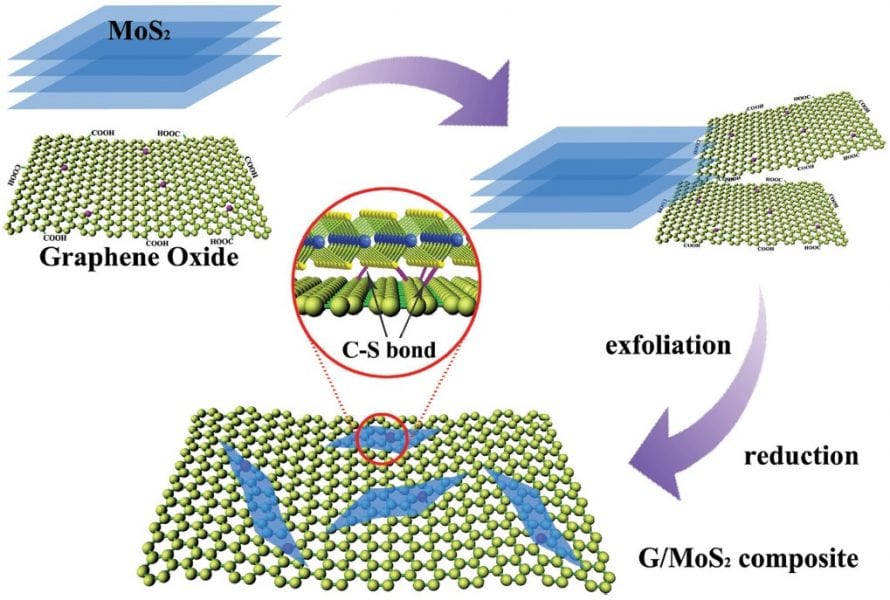


The electrochemical performance of graphene/MoS2 heterostructures is optimised and the kinetics of their lithium storage mechanism are elucidated.
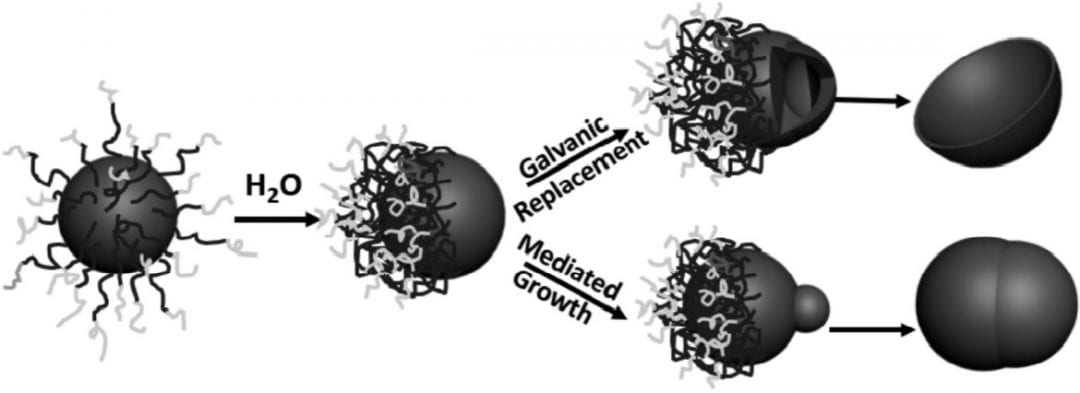
Creating asymmetric nanoparticles is harder than standard colloidal particle synthesis. Here, hydrophobicity unlocks a variety of metal nanoparticle types.
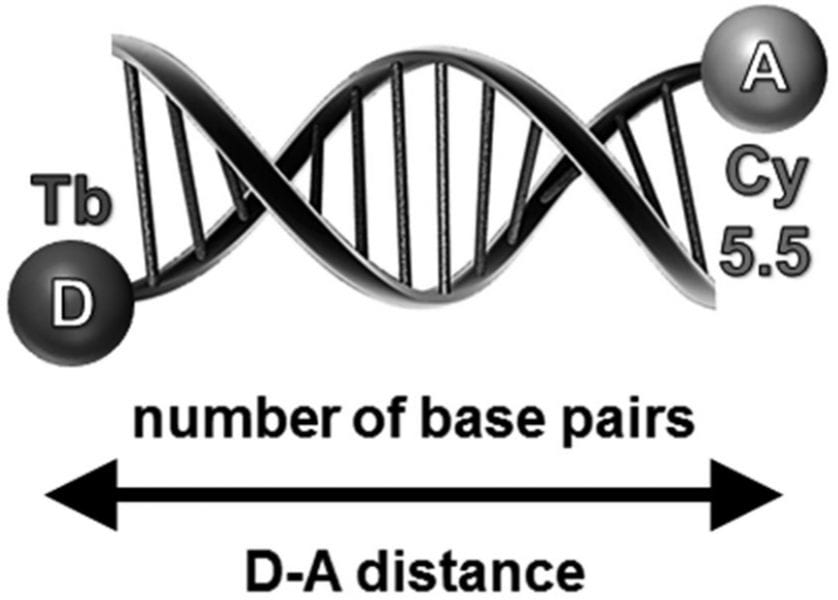
Time-gated FRET-based biosensors allow the quantification of multiple nucleic acids at low nanomolar concentrations using just a single donor–acceptor pair.
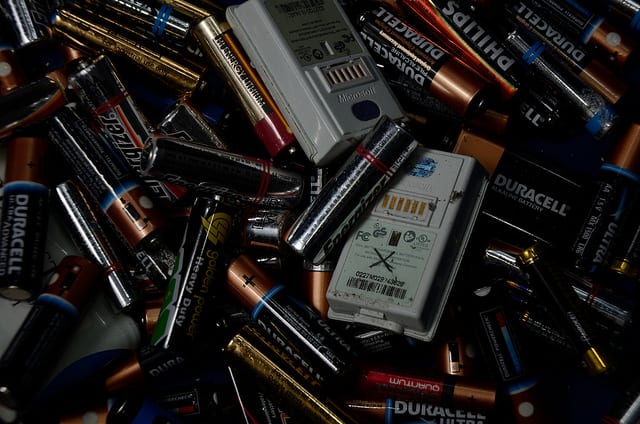
Safer technologies with higher energy densities and longer working lives are at the top of the list for lithium battery research.
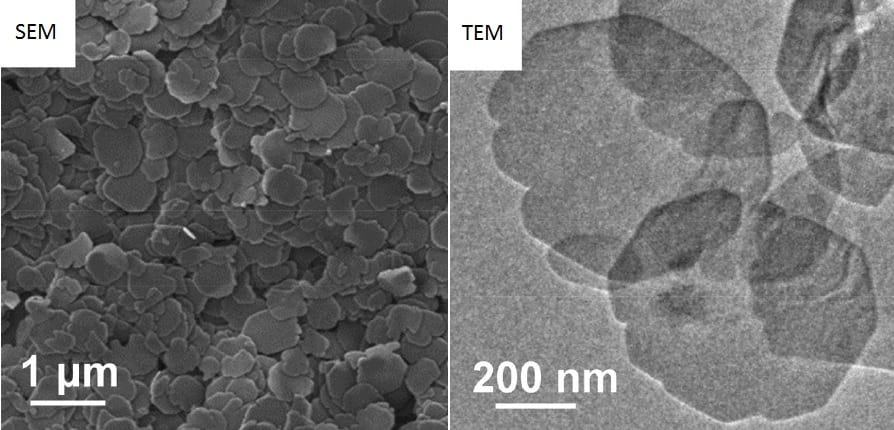
2D may no longer be good enough for our cinema screens, but for nickel–cobalt phosphate it means an impressive specific capacitance.

For fundamental biological studies or complex investigations of drug behaviour, ParaStamp is a powerful enabling technology.

When fabric stretches, printed patterns crack and separate. This new conductive ink maintains the integrity of printed circuits for electronic textiles.
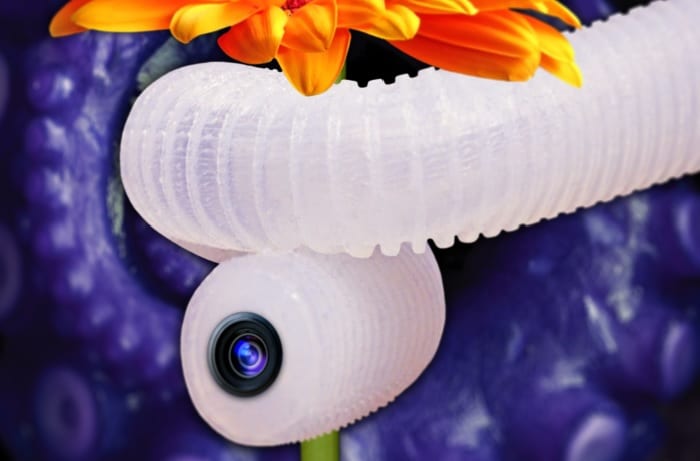
This hydrogel can be programmed to reversibly switch its mechanical properties in response to a simple environmental cue.
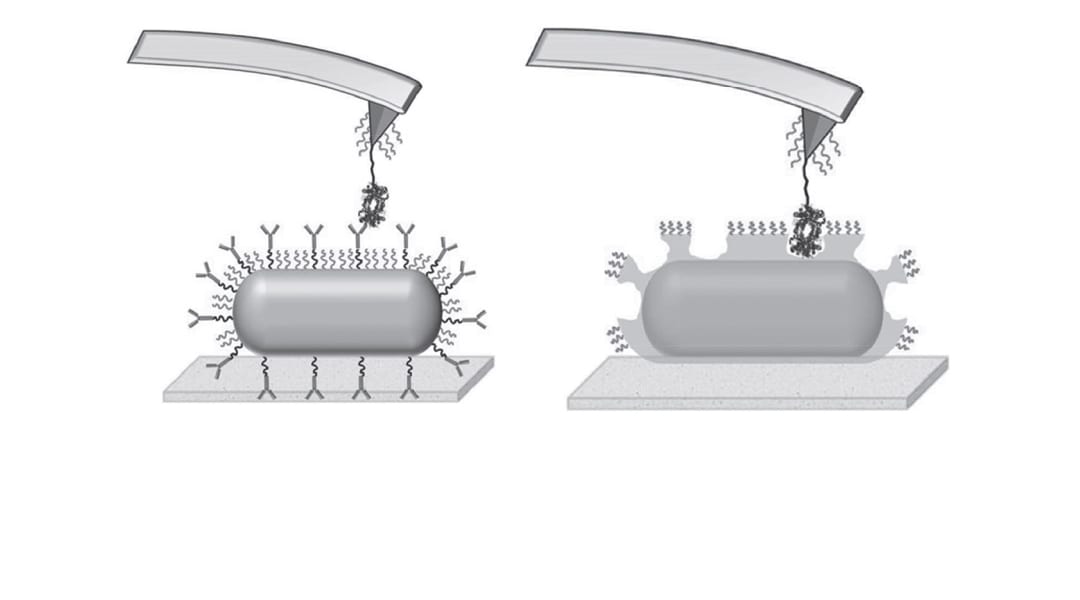
Biosensors using natural and artificial antibodies show different responses. Both systems are tracked with pico-newton resolution to find out why.
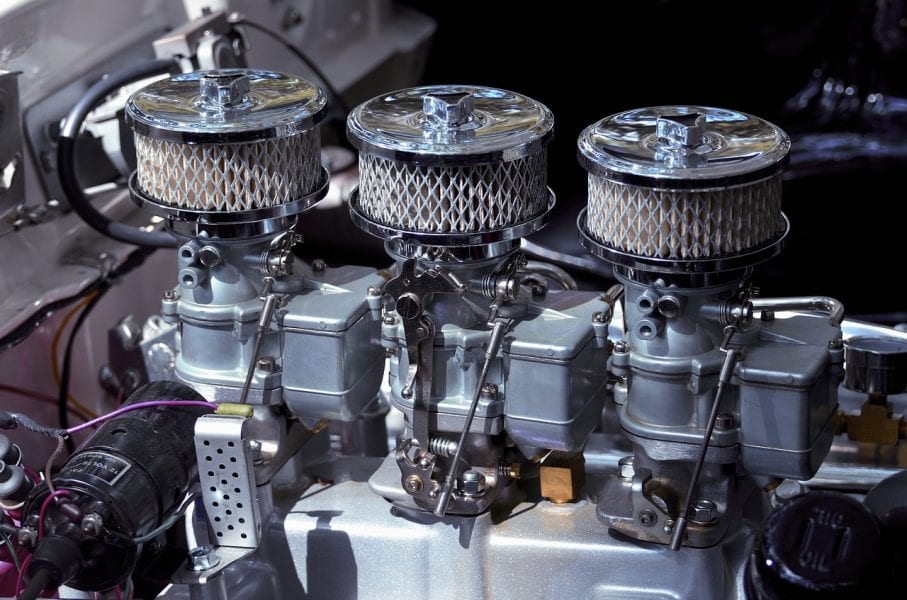
Specially designed carbon nanotube nanomotors undergo rotary motion in water, driving external mechanical loads on the nanoscale.